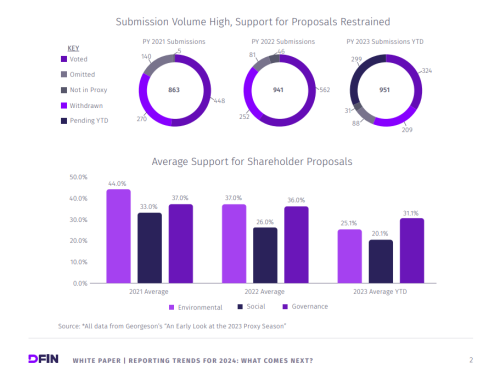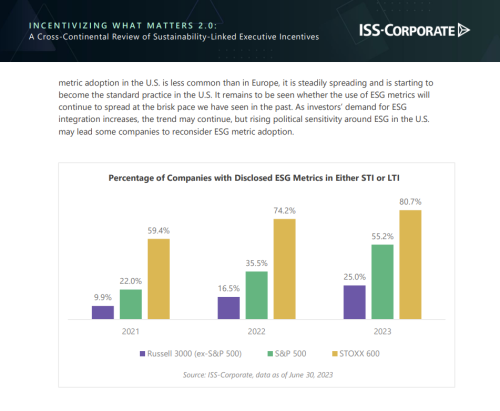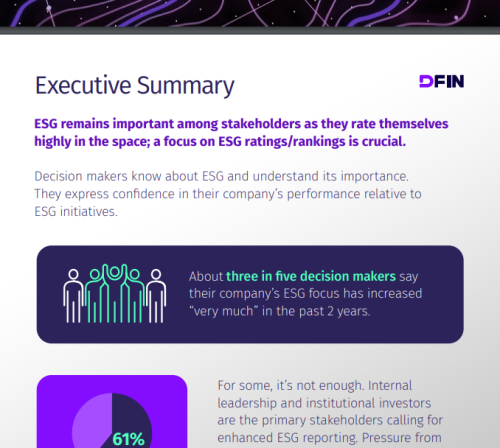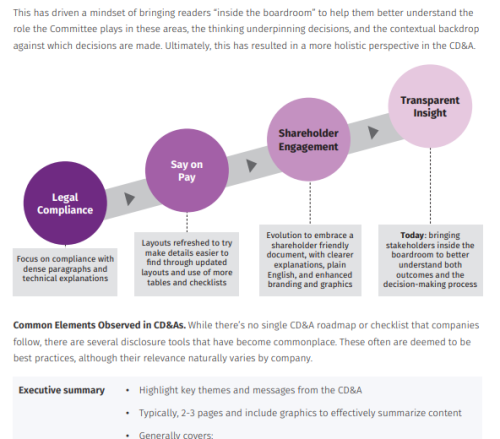The birth of a new model of corporate reporting
Throughout the history of science, new ways of looking at the world have swept away the old. Thomas Kuhn called it revolution when one paradigm replaces another. In the evolution of corporate reporting today, some observers see a current shift akin to Einstein usurping Newton. 'We see a revolution in corporate reporting gathering momentum,' announces Roger Hughes, PricewaterhouseCoopers' UK leader of audit and business advisory services.Indeed there is an air of expectancy and excitement greeting
You need to register to access 3 free deep dive articles per month. To continue reading please register or login below..
- Unlimited deep dives
- Data-driven research around key topics
- Buy-side insights
- Benchmarking reports
From
$1495










